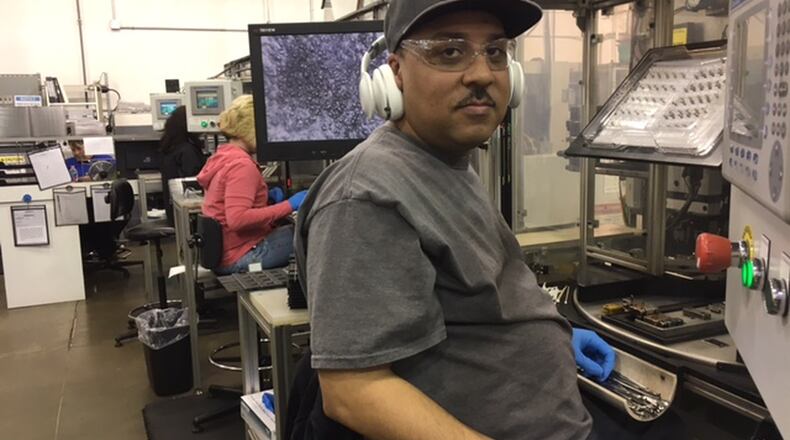“The availability of technically skilled and productive workers continues to be the top challenge for Dayton region manufacturers eight years running,” the DRMA said in a new release. “Replacing the declining workforce is the priority for manufacturers to be able to meet the demand for goods and services and offer high quality, high paying jobs. DRMA members support initiatives that attract, retain, develop, and train our workforce.”
Tom Maher, owner of the Manpower staffing franchise in Kettering, helps area manufacturers find workers. He said this is “something we grapple with daily.”
“I don’t think that the problem has gotten worse since COVID but production in general has dropped due to folks being unable to work, due to both having COVID and various shutdowns and supply line issues,” Maher said.
How do Dayton-area companies qualified workers?
“You name it. Posting on various job boards, holding virtual job fairs, drive-in open houses, working with all of the various schools and workforce development organizations, referral bonuses, sign-on bonuses and just about anything else one might think of,” Maher said.
He added: “Our community needs to take stock of the multiple workforce development initiatives (there are dozens), determine which are effective — (with) a measurable result of obtaining and keeping employment.”
Programs that don’t work should be eliminated while those that do should be combined with other effective initiatives “so efforts and significant monies are not duplicated,” Maher said.
Workers aren’t the only top concern for area manufacturers. Recovering from the weakened COVID economy, government help and mandates, international trade, taxes and the cost of health care all made the list, the DRMA survey found.
So did legalization of marijuana.
“DRMA members are concerned with the legalization of medical and recreational marijuana because of workplace safety issues and the lack of impairment testing,” DRMA said. “Legalization will increase costs for small manufacturers who need to rewrite policies and will further complicate and exacerbate the problems of finding skilled workers.”
"
About the Author



